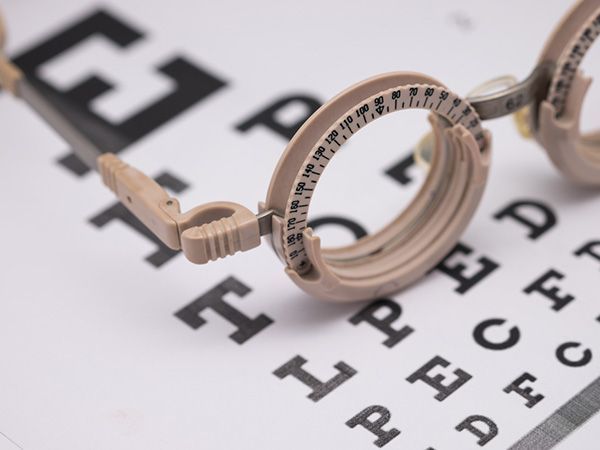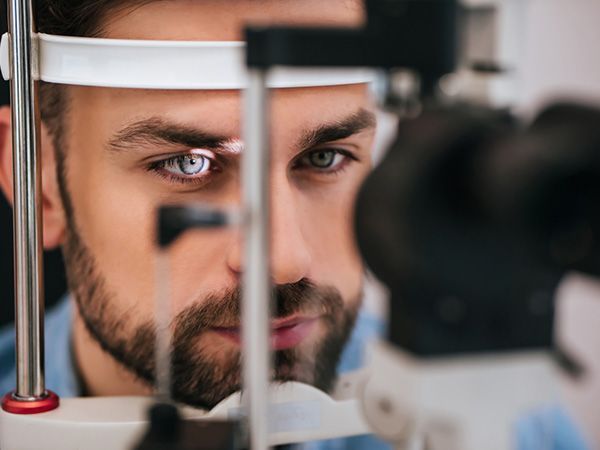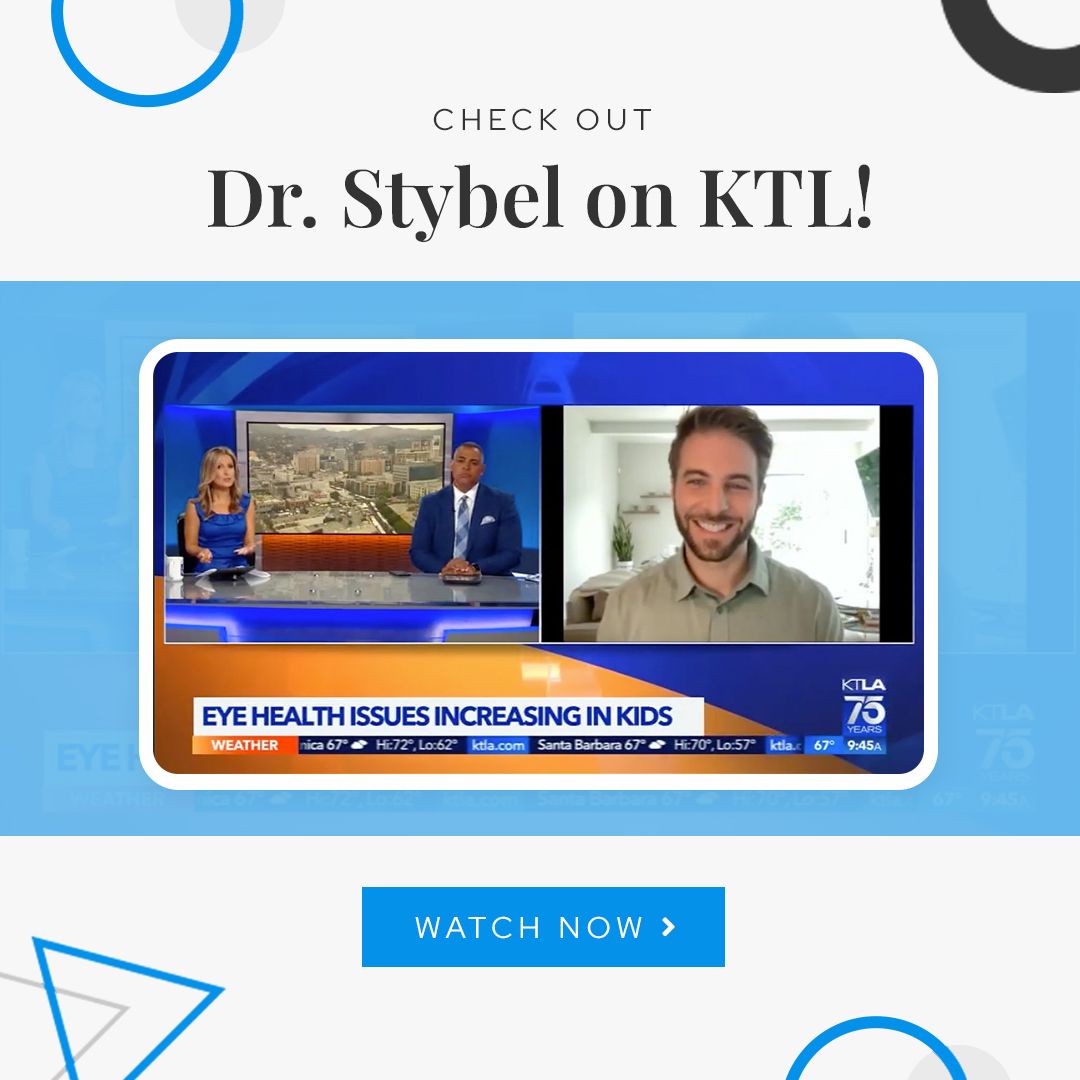Do you find it hard to focus on objects because your eyes feel dry and stiff? Do you regularly feel the need to blink to ‘clear’ your eyes, or find bright light overwhelming? If you can answer yes to any of these questions, you could be suffering from an ocular problem called dry eye.
Dry eye, or dry eye syndrome as it is commonly called, is a condition that occurs because the natural tear film of the eyes evaporates too quickly, or because the body doesn’t make enough tear film in the first place. The tear film is much more than just moisture. In fact, it is a complex blend of proteins, oils and water and is created with the purpose of lubricating our eyes and keeping them healthy. Our body generally knows exactly how much tear film is needed to take proper care of our eyes. However, as we get older, our body also starts to deteriorate, and this makes it less effective at operating. For some patients, this means that their tear film production slows right down or stops altogether. Other reasons for dry eye to develop include the blockage of the tear ducts or drainage channels that are too wide and enable tear film to drain away too quickly.
Symptoms of Dry Eye
Unsurprisingly, the most common symptom of dry eye is eyes that feel dry and stiff. It may seem like hard work to look around, and your eyes may feel persistently heavy. However, these aren’t the only symptoms associated with dry eye. There are many others, including:
Sensitivity to light
Struggling to focus on objects
Stinging, burning or scratchy-feeling eyes
Redness
Stringy mucus in or around the eyes
Feeling like you have grit or sand in your eyes
Problems with night vision
Difficulty wearing contact lenses
Blurred vision
Excessive watering of the eyes, something which is the body’s natural response to the irritation caused by dry eye
In dry eye, both eyes are usually affected at the same time. If you are experiencing any of these symptoms, you should arrange an appointment with our expert eye care team today so that we can assess your condition and provide a diagnosis.
Dry Eye Risk Factors
Although anyone can experience dry eye, there are some factors that may make someone more likely to suffer from the condition. You could be at greater risk of developing dry eye if:
You are over the age of 50
You wear contact lenses
You spend a great deal of time looking at computer screens
You spend time in windy, cold, dusty or dry environments
You spend time in air-conditioned or heated environments
You smoke
You drink alcohol regularly
You have certain medical conditions, including blepharitis, lupus and Sjögren’s syndrome
You take certain medications for which dry eyes are listed as a side effect, including certain blood pressure drugs and antidepressants
Treatments for Dry Eye
Luckily, there are a variety of treatments available that can treat dry eye and alleviate the effects of the condition. Exactly which treatment is right for you will be decided by our expert team, but could include any of the following:
Regular screen breaks
It may not come as a shock to learn that excessive screen time is one of the biggest contributing factors to the development of the dry eye. However, regular breaks are crucial to prevent dry eye and other unpleasant problems from occurring. This is because they allow the eyes to refocus on an object that is farther away, enabling them to relax.
Check out your environment
As we know, the environment that you spend the most time in can also have a profound influence on dry eye syndrome. Cold, dusty, smoky, dry or air-conditioned environments can all dry the eyes out and make symptoms much worse. Although you may not be able to make any big changes to your environment, you may be able to make some small ones that make things more comfortable for you.
Artificial tears
There is a wide range of eye drops that can be used to help treat dry eye. Many of these are tear substitutes, and it can be a case of trial and error to find the variety that helps you the most. If you wear contact lenses, you will need to use a preservative-free type.
Medications to reduce inflammation
Inflammation of the cornea is a fairly normal occurrence in patients with dry eye. This can cause pain and blurred vision. Fortunately, eye drops that contain corticosteroids or other anti-inflammatory medications can help to control this and reduce the effects that you are experiencing.
Tear-stimulating drugs
Drugs called cholinergics help to increase tear film production and are available as eye drops, pills or gels. These can be given to help alleviate your symptoms.
Punctual Plugs
Punctual plugs are tiny devices that are placed into the drainage channels in the corners of your eyes to prevent tear film from draining too quickly. If this is believed to be the cause of your dry eye, punctual plugs may be the best treatment for you.
Lipiflow
Lipiflow treatment is recommended for patients whose dry eye is caused by blockages in the glands that produce tear film. Lipiflow uses heat and physical massage to liquefy and clear blockages in the glands so that tear film can flow freely again.
If you are concerned that you may have dry eye, don’t suffer for a moment longer. Contact our experienced eye experts today to arrange an appointment so that we can make a diagnosis and help you find the right treatment to alleviate your symptoms.









